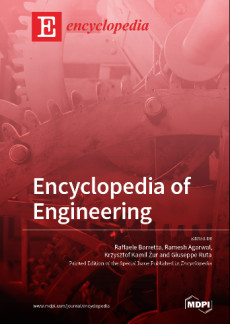Towards the end of 2019, a cluster of severe acute respiratory disease cases emerged in the region of Wuhan, China. Chinese scientists rapidly identified the etiological agent as a novel coronavirus, severe acute respiratory syndrome-coronavirus-2 (SARS-CoV-2). The virus rapidly spread around the world, infecting, disabling, and killing millions of people, placing immense strains on public health infrastructures, and resulting in untold economic damage. The exceptional threat of a deadly and debilitating new disease led to an extraordinary and unprecedented collaborative effort between the world’s research, medical, publishing, and industrial communities.
Starting with the speedy publication of its genomic sequence in January 2020, this has resulted in the publication of thousands of scientific papers describing the origins and evolution of the virus, its structure, biology and variability and epidemiology. The same is true for recording massive investment in the development of existing as well as new testing methodologies, identification of potential therapeutics, improvements in patient management, and, perhaps most astonishingly of all, the multiple approaches to designing novel vaccines in record time. This is complemented by numerous reports detailing the disease’s devastating potential to impose substantial mortality, morbidity and economic burdens on the human population.
The Scholarly Community Encyclopedia is a user generated content knowledge platform (https://encyclopedia.pub/) that was released by MDPI in April 2018, with the aim of providing a comprehensive and reliable record for science development. Encyclopedia is a new international journal affiliated journal to this platform. Its content will be peer-reviewed and published quarterly using the open access model. It will be supplemented with topical books or collections that summarise current knowledge and contemplate future developments about a range of life science and medical themes.
The first of these books is dedicated to the topic of COVID-19. It aims to provide a single source of reliable, comprehensive, and easily accessible information to chart this unparalleled progress. Contributions can be opinions and critiques, even controversial ones, as long as they are well argued and accompanied by factual evidence. All submissions will be peer-reviewed. For planned entry papers, we invite interested researchers to contact the publishers with titles and short definitions (about 100 words) to fit that brief.
refer to Encyclopedia journal for more information.
Institution: Medical Technology Research Institute, Anglia Ruskin University, Chelmsford CM1 1SQ, UK
Interests: qPCR; RT-qPCR; colorectal cancer; molecular staging; clostridium difficile; MRSA; aspergillus
Featured Books
- Encyclopedia of Engineering
- Volume 1 (2023) >>
- Chief Editor: Raffaele Barretta
- Encyclopedia of Social Sciences
- Chief Editor: Kum Fai Yuen





